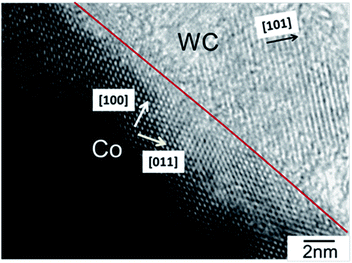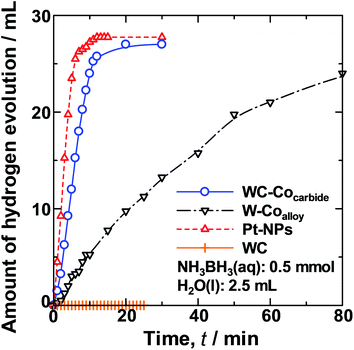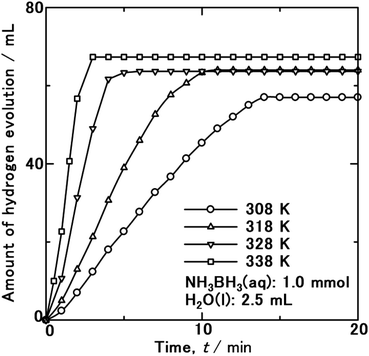


University of Hyogo: Extracting hydrogen from ammonia: Inexpensive new catalyst
-Hydrogen production at lower cost-
Graduate School of Engineering, University of Hyogo
Professor Masao Morishita (Thermodynamics)
Research team:
With the same efficiency as expensive platinum,
Hydrogen can be extracted from ammonia compounds,
We have developed a “cheap and stable new catalyst”.
Extracting hydrogen from ammonia:
Producing hydrogen, which is expected as next-generation energy, from ammonia at low cost,
It is expected to be applied to utilization technology.
The research results were published in the journal of the Royal Chemistry Society.
Need for cheap new catalysts:
Currently all over the world
Hydrogen is stored as ammonia, etc.
“A new catalyst that is taken out using a catalyst when needed” is being researched.
Currently, platinum has the highest performance as a catalyst.
However, due to the high cost, the development of an inexpensive alternative catalyst has been required.
Focus on Tungsten Carbide (WC):
It has an electronic orbital (electronic state) similar to platinum and has an electronic state.
Expected as an alternative catalyst for 50 years,
We paid attention to tungsten carbide (WC) again.
“WC non-magnetism” is the difference in catalytic performance:
The magnetic properties of a substance are called “magnetism”.
Platinum has the property of “paramagnetism”, which sticks when a magnet is brought close to it.
On the other hand, WC is “non-magnetic” that does not stick.
I thought that this led to the difference in catalyst performance.
WC mixed with “ferromagnetic” metallic cobalt
As a test, WC has its own magnet characteristics,
I mixed “ferromagnetic” metallic cobalt.
Ferromagnetic properties manifested:
When it is used as a catalyst, it is made from an ammonia compound dissolved in water.
“Hydrogen can be extracted with almost the same efficiency as platinum.”
Commentary by Professor Morishita:
By mixing cobalt
Hydrogen nuclei by the magnetic force of cobalt
Can be drawn and aligned.
It seems that it has become easier to change into hydrogen molecules.
Professor Morishita’s discourse:
For the first time, it became clear that magnetism is involved in the catalytic performance of hydrogen.
“It will be used in other applications that use platinum as a catalyst,” he said.
Mainichi Shimbun
https://mainichi.jp/articles/20220104/k00/00m/040/247000c
Press release
June 2021 | University of Hyogo
Confirmation of the effect of magnetic material on activation of platinum-free hydrogen generation catalyst
Effect
Graduate School of Engineering, University of Hyogo
Professor Masao Morishita
We have discovered that magnetic materials have an effect on the activation of hydrogen generation catalysts.
Results of this research
Based on the concept of internal magnetic field,
A strategy for new catalyst design,
The first thing to show in the world.
This is a very epoch-making discovery.
https://www.u-hyogo.ac.jp/outline/media/press/2021/monthly/2021_06.html
Catalytic activity of Co-nanocrystal-doped tungsten carbide arising from an internal magnetic field
RSC Advances (RSC Publishing) DOI:10.1039/D1RA01181B
Abstract
Pt is an excellent and widely used hydrogen evolution reaction (HER) catalyst.
However, it is a rare and expensive metal, and alternative catalysts are being sought to facilitate the hydrogen economy.
As tungsten carbide (WC)
has a Pt-like occupied density of states, it is expected to exhibit catalytic activity.However, unlike Pt,
excellent catalytic activity has not yet been observed for mono WC.One of the intrinsic differences between WC and Pt is in their magnetic properties;
WC is non-magnetic, whereas Pt exhibits high magnetic susceptibility.
In this study, the WC lattice
was doped with ferromagnetic Co nanocrystals to introduce an ordered-spin atomic configuration.
The catalytic activity of the Co-doped WC was ∼30% higher than that of Pt nanoparticles for the HER during the hydrolysis of ammonia borane (NH3BH3),
which is currently attracting attention as a hydrogen fuel source.
Measurements of the magnetisation, enthalpy of adsorption, and activation energy indicated that
the synergistic effect of the WC matrix promoting hydrolytic cleavage of NH3BH3 and the ferromagnetic Co crystals interacting with the nucleus spin of the protons was responsible for the enhanced catalytic activity.
This study
presents a new catalyst design strategy based on the concept of an internal magnetic field.The WC–Co material presented here
is expected to have a wide range of applications as an HER catalyst.
https://pubs.rsc.org/en/content/articlehtml/2021/ra/d1ra01181b